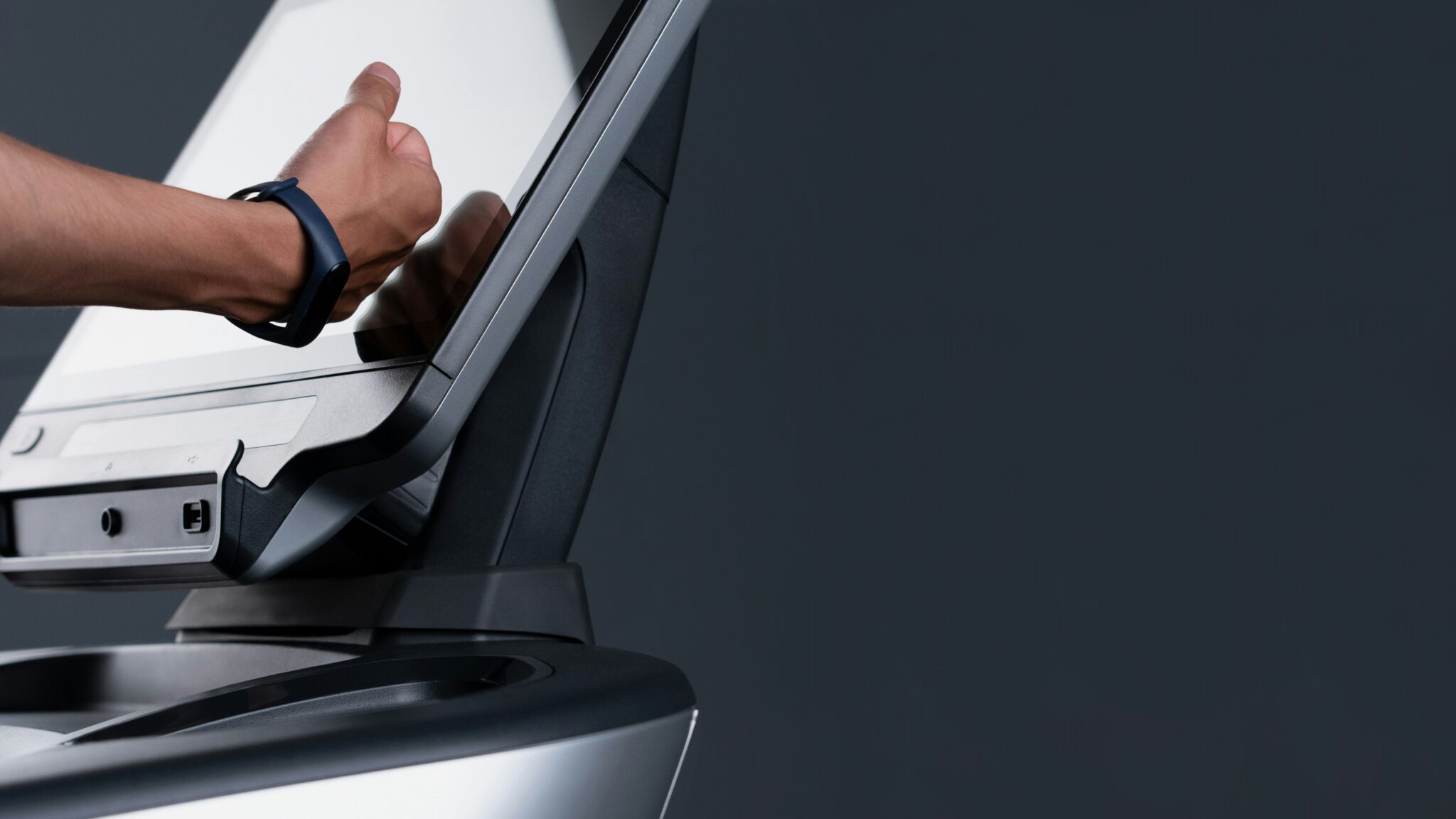In this post, we will explore the benefits that RFID asset tracking offers to empower businesses.
In today’s changing business environment, effective asset monitoring is essential for a company’s success. As organizations aim for efficiency and cost savings, manual tracking methods can be prone to mistakes. This is where RFID (Radio Frequency Identification) asset tracking comes in as a solution.
What is RFID asset tracking
RFID asset tracking is a technology-based system that uses tags with ID numbers and embedded radio frequency circuits. These tags are attached to assets, like equipment, inventory items, or personnel, enabling businesses to track and manage their assets throughout their lifecycle.
The strategic benefits
Real-time monitoring
A key advantage of RFID asset tracking is the ability to provide real-time visibility into all aspects of an organization’s assets. Companies no longer need to rely on data entry or time-consuming barcode scanning methods. With RFID technology, businesses can quickly access current information regarding their assets’ whereabouts, condition, and usage.
Increased operational efficiency
By using RFID tracking technology to automate asset tracking processes, businesses can greatly improve efficiency in various departments. Whether it involves locating items in a storage facility or enhancing inventory management, RFID allows for accurate asset identification without the need for physical contact. This saves time and reduces errors.
Boosted return on investment (ROI)
Resource allocation plays a role in maximizing return on investment for any business. Through the adoption of RFID asset tracking systems, companies can minimize losses from missing assets and ensure optimal utilization rates. With valuable data insights offered by these systems, organizations can make informed decisions regarding resource allocation to minimize waste and increase profitability.
Proactive maintenance
Tracking performance indicators like maintenance history empowers businesses utilizing RFID asset tracking systems to prevent breakdowns and decrease downtime. The system can issue alerts for scheduled maintenance checks based on usage patterns and provide insights for optimizing maintenance schedules. By taking proactive steps, organizations can uphold high equipment reliability and extend the lifespan of assets.
Heightened security
In industries dealing with high-value assets or sensitive materials, security stands as a priority. RFID asset tracking offers a layer of security by detecting access attempts and sending alerts when assets are moved without permission. This technology also allows companies to label and oversee items along their supply chain, protecting against theft or interference.
Key points to consider for implementation
Even though the advantages of RFID asset tracking are clear, it’s crucial for businesses to think about certain factors before putting it into practice:
Scalability
Evaluate if the solution can adapt to growth and handle increasing amounts of tracked assets.
Integration
Check how well the RFID system can be integrated with existing software like enterprise resource planning (ERP) or warehouse management systems (WMS).
Cost benefit assessment
Carry out an analysis to determine whether the potential cost savings and operational improvements justify the investment needed for implementation.
Seamless integration and adaptability
Effectively implementing RFID asset tracking systems requires attention to integration and adaptability aspects. Organizations should ensure that the chosen RFID solution can smoothly integrate with software platforms such as ERP or WMS.
Integration facilitates data exchange between systems, supporting in-depth reporting, analysis, and decision-making processes. It helps avoid repetitive tasks and streamlines operations by cutting down on data input.
Adaptability plays a role in decision-making. As businesses progress and integrate technologies, it’s vital to opt for an RFID system that can adjust to changing requirements. The ability to scale is essential for accommodating expansion and effectively managing increasing amounts of assets. By choosing a solution, businesses can ensure long-term sustainability and efficient asset tracking capabilities.
Conclusion
RFID asset tracking has transformed how businesses oversee their assets by offering real-time visibility, enhanced efficiency, increased ROI, proactive maintenance capabilities, and improved security measures. It enables organizations to streamline operations and make decisions based on business intelligence processes. Embracing this technology allows businesses to make strides toward operational excellence in today’s fiercely competitive market, where efficiency is key.


























































































































































































